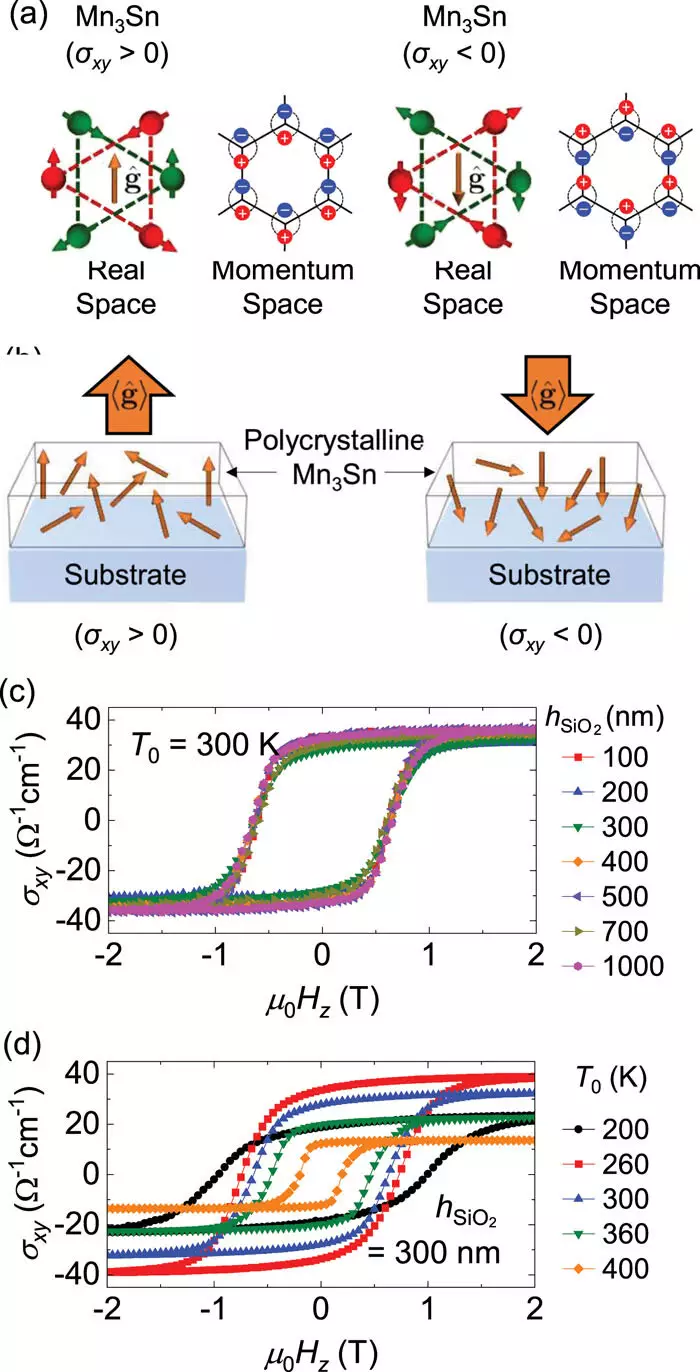Spintronics, short for spin transport electronics, is rapidly becoming a pivotal area in the quest for faster and more energy-efficient computing technologies. Unlike traditional electronics that rely solely on electric charge, spintronics leverages an intrinsic property of electrons known as spin, which essentially embodies magnetic moments. This unique feature opens up exciting avenues for devising devices that promise enhanced performance while drastically cutting energy consumption. The recent exploration into the thermal dynamics of spintronic devices addresses an essential aspect: how heating influences their operational capabilities.
The fundamental operating principles of spintronic devices hinge on their ability to manipulate electron spins via electrical currents. However, this raises a critical question: Is the alteration in magnetic behavior primarily driven by the electric current itself or the consequent rise in temperature induced by such currents? Axel Hoffmann, a leading researcher in the field, emphasizes the importance of disentangling these two effects to optimize device performance. If the changes in spin states are predominantly current-driven, it would pave the way for rapid advancements in device speed. Conversely, if thermal effects dominate, the implications for speed and efficiency could be severely limited, reflecting a nuanced interplay between electrical and thermal dynamics.
A significant advancement in this area comes from researchers at the University of Illinois Urbana-Champaign, who have devised a novel experimental methodology to directly measure the heating of spintronic devices. By employing substrates of varying thermal conductivities, the team can deduce heating impacts by assessing how they affect temperature elevations when identical electric currents are applied. This innovative approach enables a clearer understanding of whether the observed magnetic behaviors result from electric currents or are merely thermal relics.
Antiferromagnets are emerging as promising candidates for use in spintronic applications due to their unique properties, such as opposing spin arrangements and less susceptibility to external magnetic fields. The challenge, however, lies in effectively controlling these spin structures through electrical currents. The inherent requirement for substantial current often results in elevated temperatures, sparking a critical debate on the role of these thermal dynamics. The researchers’ focus on manganese tin (Mn3Sn), an antiferromagnetic material, revealed significant heating effects that could potentially influence spin manipulation. This finding indicates not only the relevance of temperature but also encourages further investigation into other antiferromagnets that may behave differently under similar conditions.
This novel understanding of heat effects marks an important leap toward optimizing spintronic devices. The framework established by the researchers allows for systematic evaluations of various materials, significantly broadening the scope for potentially groundbreaking discoveries in the field. As the study elucidates, the ability to accurately separate thermal effects from electrical influences could steer material selection toward those with minimal thermal sensitivity, thus leading to faster and more efficient devices in the future.
Potential Applications and Impact
The implications of this research extend beyond academic curiosity; they hint at a future where computing technology can attain speeds comparable to that of current conventional electronics while consuming a fraction of the energy. Spintronic devices could revolutionize data storage and processing, with applications ranging from portable electronics to advanced computing systems that tackle complex problems in real-time. With ongoing advancements in this field, the prospect of realizing practical, energy-efficient applications may soon transcend the theoretical phase.
The intersection of spintronics and thermal dynamics presents a fertile ground for innovation in computing technology. By thoughtfully dissecting the influences of heating, researchers are better equipped to navigate the challenges associated with developing faster, energy-efficient spintronic devices. As we stand on the cusp of these technological advances, the integration of robust experimental methods paves the way for future breakthroughs in energy-efficient computing, which not only promise enhanced technological performance but also foster sustainable practices in the tech industry.


Leave a Reply